基于J2EE的轻量级工作流管理系统的研究与实现
摘要随着信息技术的迅猛发展,企业信息管理迫切需要一种能够支持业务流程自动化的模块,把传统的信息管理技术与业务流程技术相结合起来管理企业的各种流程,工作流技术正是顺应这一需求孕育而生。工作流技术使得应用系统的流程逻辑与业务逻辑耦合度降低,提高应用系统的开发效率和可维护性。现有多种IT技术已融入到工作流,如WebService,分布式处理技术等,加速了工作流技术的发展。目前,工作流技术已被广泛应用,但传统的工作流管理系统多数是大型的、功能齐全的、重量级的复杂系统,系统中的各个组成部分耦合度高,若要分离或集成某个功能,需要详细的了解整个架构并做大量的代码修改,开发效率低。在对流程的处理方式上,多数工...
相关推荐
-
我国基层财政困难的制度成因分析与对策研究VIP免费
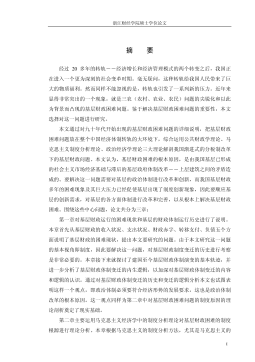
 2024-09-20 33
2024-09-20 33 -
我国煤电产业链纵向交易合约机制研究VIP免费
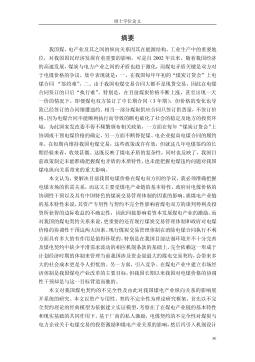
 2024-09-20 28
2024-09-20 28 -
生产要素视角下的上海市产业结构优化研究VIP免费
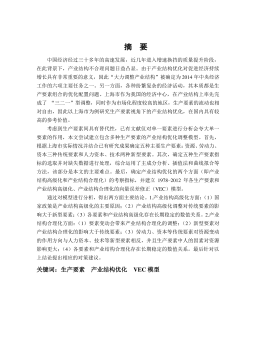
 2025-01-09 7
2025-01-09 7 -
我国银行业结构与经济结构关系研究VIP免费
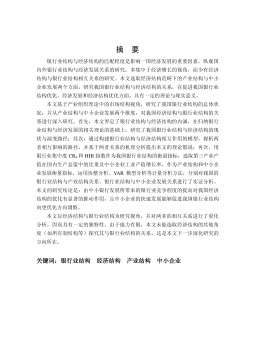
 2025-01-09 7
2025-01-09 7 -
大数据视角下农业供应链金融研究VIP免费
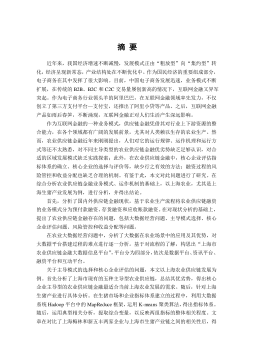
 2025-01-09 6
2025-01-09 6 -
跨国大型综合超市的规划研究VIP免费
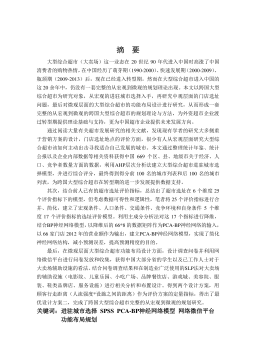
 2025-01-09 6
2025-01-09 6 -
跨境电商农产品质量安全问题研究VIP免费
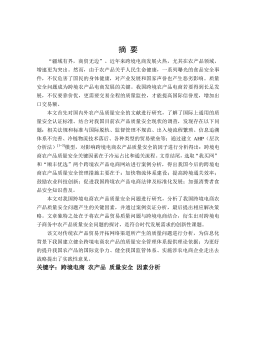
 2025-01-09 7
2025-01-09 7 -
世界市场的虚拟化与我国国际电子商务发展方向研究VIP免费
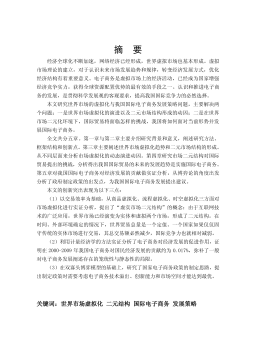
 2025-01-09 9
2025-01-09 9 -
中国政府对电力行业的价格规制问题研究VIP免费
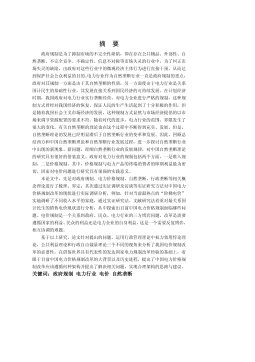
 2025-01-09 14
2025-01-09 14 -
中小企业信息化系统集成技术研究VIP免费

 2025-01-09 14
2025-01-09 14
相关内容
-

跨国大型综合超市的规划研究
分类:高等教育资料
时间:2025-01-09
标签:无
格式:PDF
价格:15 积分
-

跨境电商农产品质量安全问题研究
分类:高等教育资料
时间:2025-01-09
标签:无
格式:PDF
价格:15 积分
-

世界市场的虚拟化与我国国际电子商务发展方向研究
分类:高等教育资料
时间:2025-01-09
标签:无
格式:PDF
价格:15 积分
-

中国政府对电力行业的价格规制问题研究
分类:高等教育资料
时间:2025-01-09
标签:无
格式:PDF
价格:15 积分
-

中小企业信息化系统集成技术研究
分类:高等教育资料
时间:2025-01-09
标签:无
格式:PDF
价格:15 积分





